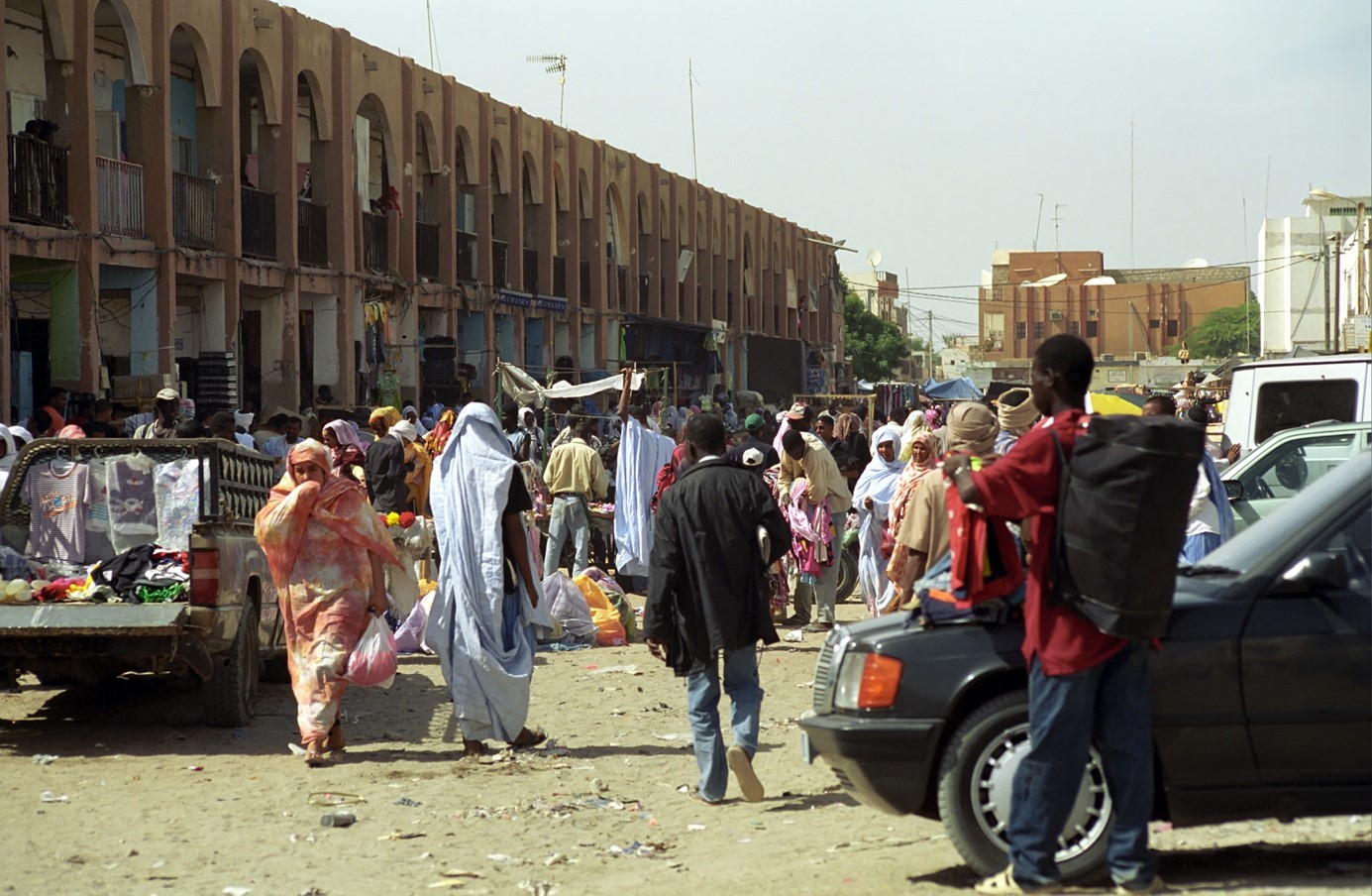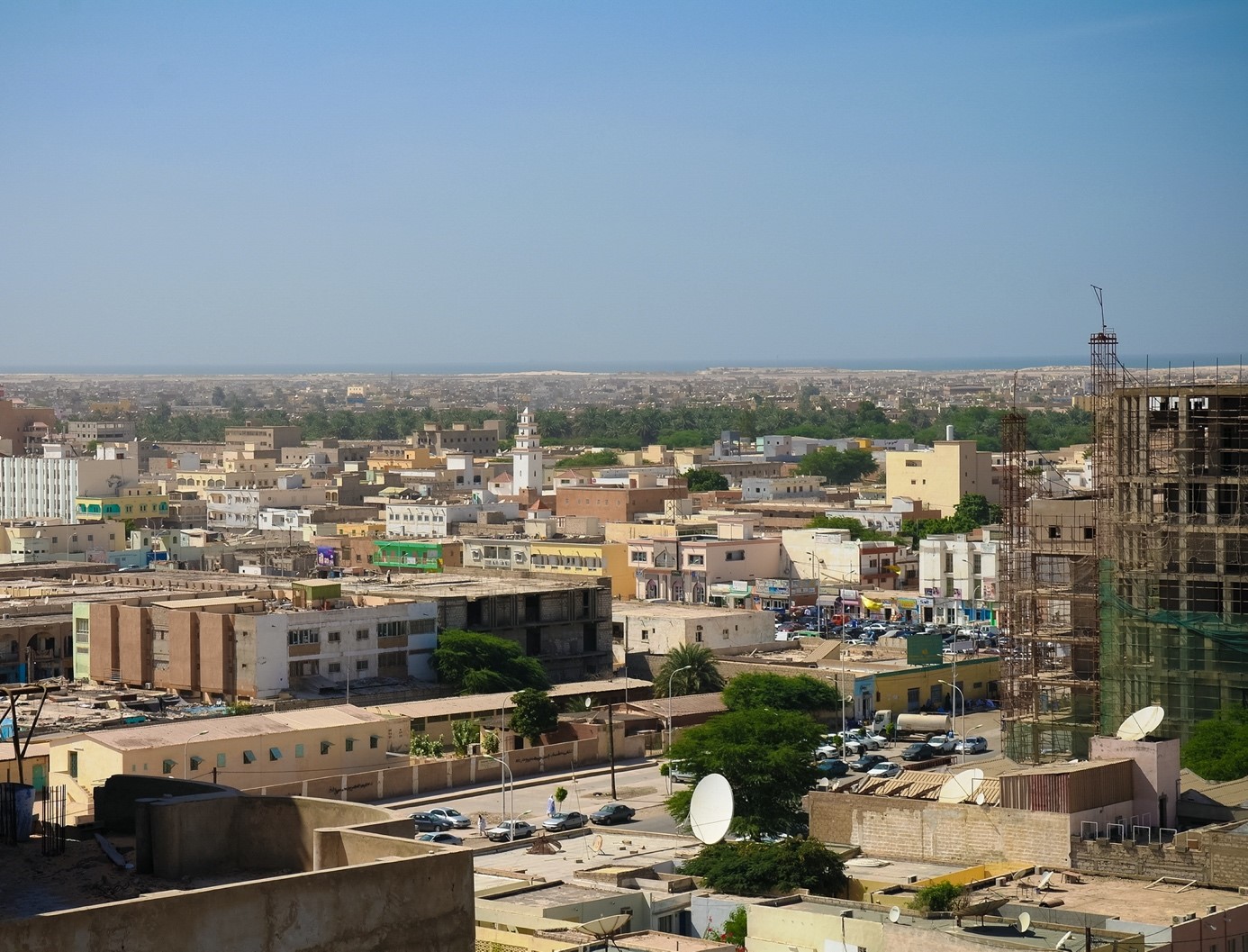How will the addressing system be managed in the long-term?
Local authority: Region of Nouakchott
Country: Mauritania
In Nouakchott, the absence of an addressing system used widely by citizens has a strong impact on the daily functioning and development of the city. While a system and “addressing unit” within the region’s resources directorate was introduced in 2001, this has lost its effectiveness as a management tool and is not based on street names.
The Local Action Plan for the Region of Nouakchott wants to involve citizens in the production of a modern addressing system for the 70 inter-communal streets that are the responsibility of the local authority. Most individual street names are named by communes, the administrative units below the municipality, but these 70 streets will form the basis of a digital addressing system for the Region of Nouakchott, which will provide the necessary data to launch a mobile application that citizens and public services can use in the long-term.
The experimental phase within ASToN was focused on setting up a database and system for mapping the identified city streets. The local authority wished to test the institutional set-up and willingness to support the project in the long-term, as well as test the demand and supply of addressing at both the individual and institutional level in the areas mapped.
ASSUMPTION: There will be a process, a structure and the institutional will to maintain and update the addressing database
How the Local Action Group tested it
• Official email sent by the President of the Region of Nouakchott for the Minister of the Interior to launch the pilot phase, and for them to delegate power to manage addressing in Nouakchott. This was not actioned on by the Ministry.
• Decided to develop its own solution, to embed the addressing system within the remit of the internal IT team instead of the Urban Observatory, and to support the tool’s integration at regional and national level.
• Developed a form to analyse the capacity and knowledge of communes in addressing and how they conduct street naming, to help the Region better assist the communes in the task.
• Created a document outlining the rules and laws related to addressing, and a document listing the roles and responsibilities of the stakeholders involved.
What they learned
The system needs to be integrated in core team functions to be sustainable. As the team began discussing reinvestment in the Urban Observatory, they found that both under-investment and de-prioritisation was what had led to the failure of the previous initiative. Instead, they pivoted to embed the management of the addressing system in the IT systems, who are a core team to the city services, and could therefore ensure sustainability.
The legal framework can be a barrier to sustaining an initiative and so it needs to be defined. While the team believes that the communes should retain the prerogative of naming streets, they realised very early on that the legal framework governing addressing was not clear, as neither the communes nor the Region have the legal means of addressing in Nouakchott. The result of this is that the roles and responsibilities for addressing are not clearly defined. The Region has since drafted a clear framework for collaboration between the communes and the Region of Nouakchott, to lay the foundations for future collaboration between the different stakeholders.
However, the team still believes that there is a “gap” in the law that needs a new bill to pass, to provide structure at the regional level for them to complete the addressing project. To accomplish this, they believe that action is needed from the Ministry of the Interior and the Prime Minister, to lay out a decree or order that gives responsibility for addressing management to the Region of Nouakchott.
Building a solution in-house increases owner- ship of the solution and its pertinence to the specific needs of the city. Initially the city had looked to identify an external partner to design the solution, however, they found that no solution proposed met their needs and that deciding on an external partner would place any adaptation of the platform in their hands. The local authority therefore realised that designing the solution in-house would increase the ownership of it and facilitate its growth.

People walking in Nouackchott
Was the assumption validated?
Unclear
The local group embedded the responsibility for managing the addressing system within a team that could ensure its durability. However it has uncovered a complicated legal system for addressing that seems to restrict their ability to set up the system they want. This learning has reaffirmed the position that institutional will is of utmost importance for this work, particularly the belief that legal texts can be changed through the passing of a bill by the Prime Minister that gives the prerogative of addressing to the Nouakchott Region.
What next?
For other aspects of delivery, the team has found technical solutions that are reasonable and that will allow them to continue to experiment.
The next step for Nouakchott will be political advocacy to establish the legal framework that allows them to continue the project and attract possible financing to grow the solution.

View of Nouakchott


